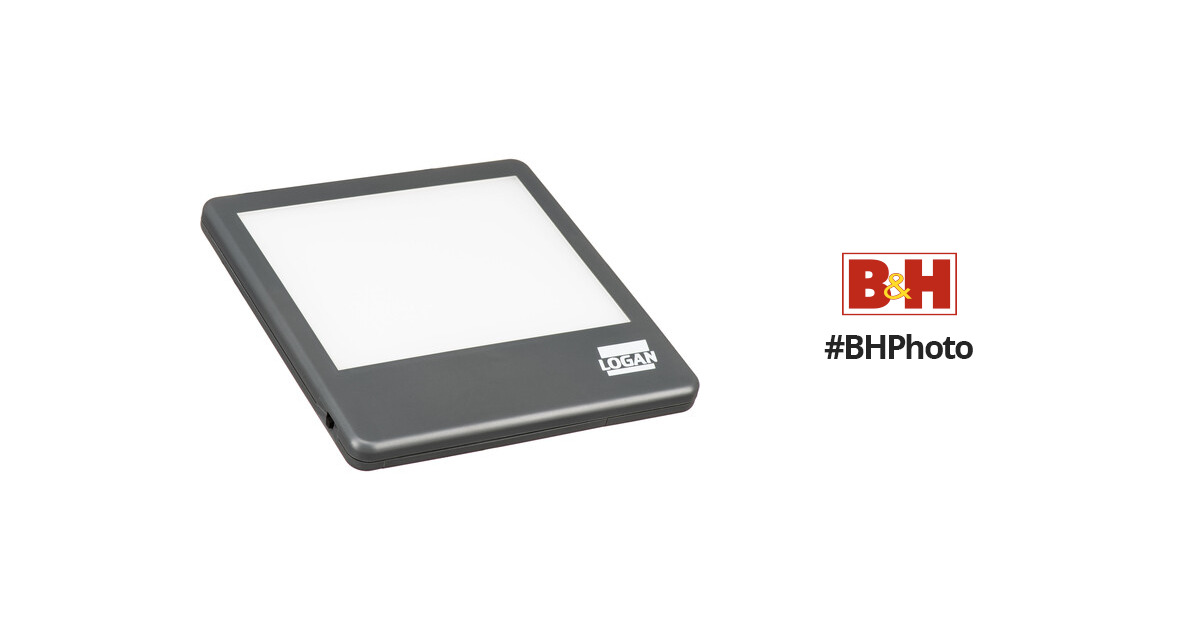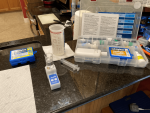Indoors, I use LEDs with a "medium" temperature (not too blue, not too yellow) and reflect that off a white card through the comparator, so not the direct LED light. More important (to me) is that I use the exact same light every day. That cannot be done outdoors: weather, time of day, day of year, etc. It's very important to keep track of trends. As in: is my FC dropping? Is my pH rising? Not just: my FC is low today, my pH is high today. And that can best be done using the same light source for each test, day after day. You need daily results for dosing, but trends over time to determine if you've got a problem developing, or if it's time to adjust the SWG for the season, or is CH rising and why, etc. Consistent, repeatable test procedures are more important than precise testing, for both dosing and responding to trends.
The trends part should be obvious, but why would repeatable test procedures be more important for dosing than a perfect FC number? Think about it. We really only need a general idea of the FC to be sure our water is sanitized. You can get that with sloppy testing, because you only need to dose within a
range of FC to be sure your water is safe. That's why most of the target values in the FC/CYA chart are expressed as ranges, you only need to get close. What I'm more closely guarding is my minimum FC. And for that, I need accurate repeatable testing. I don't really care that my FC is above the TFP spec or not, because every pool is different. And I don't really need to know that when I test and get FC 3 that it is
actually FC 3. I only care that the FC is
well above where I know my pool is going to start growing algae (which is 2.5), because that will keep my pool algae-free and safe for swimming. See what I mean? It was my testing proceedure that came up with the 2.5. So as long as I do the testing in the exact same way, I can compare my result against my 2.5 threshold (regardless if either number is "real" or not). And I can't be sloppy about it, because I need to know my numbers are comparable. I may not be explaining that well, but that's what I'm doing.
Now that doesn't apply as well to most of the other tests, the results from which I need to monitor my CSI, for my plaster's longevity. For
that number I
do need to rely on TFP guidelines and accurate test result numbers, because the end result of my CSI watch won't be evident for another 20 years, and by then I won't be able to do anything about the consequences of poor testing procedures.
Regardless of my ramblings on the subject, it's best to do your testing as precisely as possible, in the same way every day, and arguably one of the most important aspects of precise
or repeatable testing procedures is to maintain the markings on your test vial!!

So stop wipin'em so hard!




